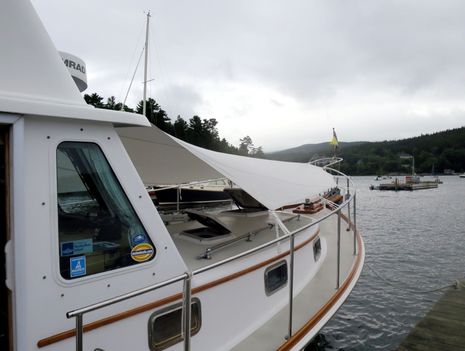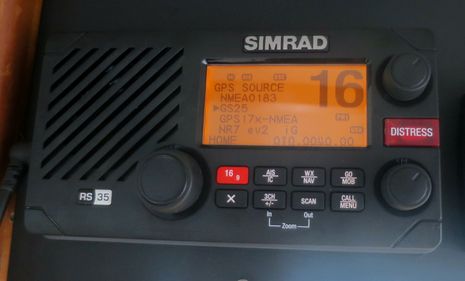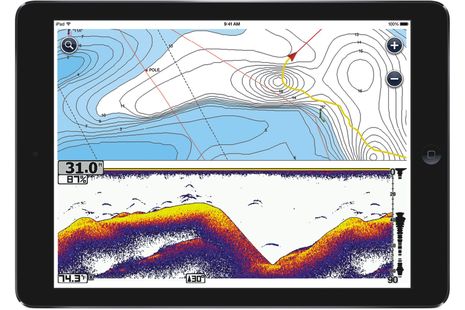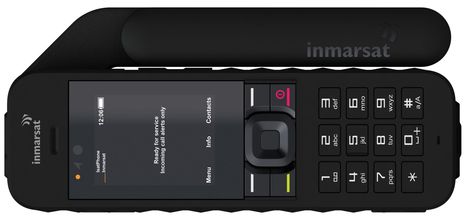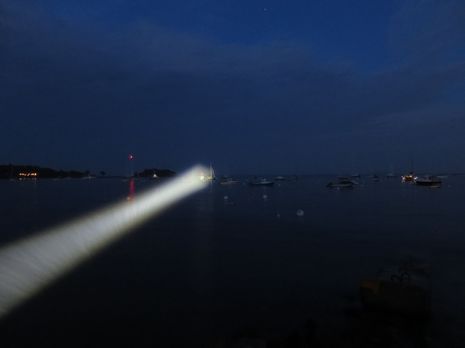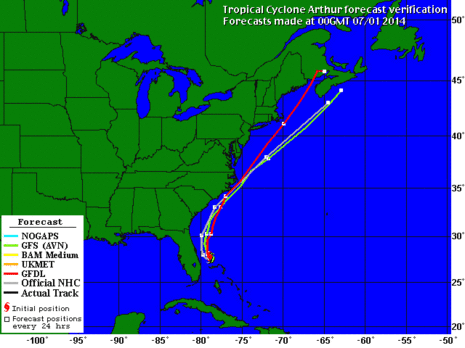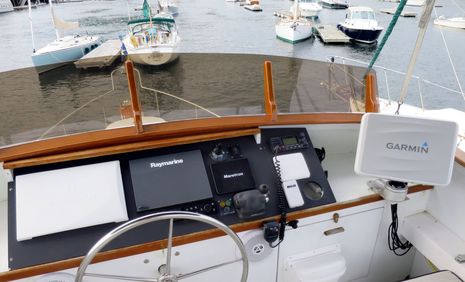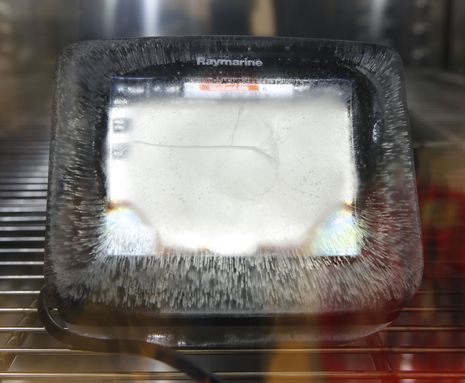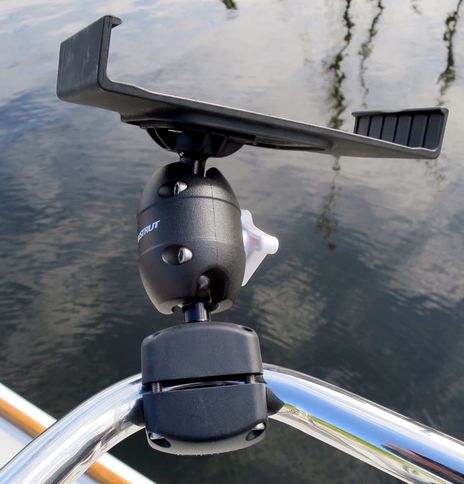Furuno 711C Navpilot head & MCU002 remote keypad, TZT style
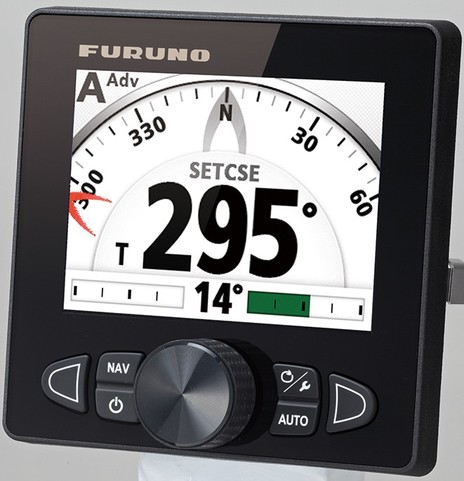 The press release (PDF here) for Furuno’s new color 711C autopilot control describe it as “completely redesigned to provide an excellent match with Furuno’s flagship line of NavNet TZtouch MFD’s… right down to the control knob!” There’s no denying the similar handsome styling, and doesn’t it make you wonder if Furuno will eventually offer a color NMEA 2000 instrument display with the same standard DIN size and 4.1-inch color screen? That’s 100% speculation on my part, but doesn’t it make sense as Furuno finds itself competing with Raymarine, Garmin, and Simrad over the glass style helm that the TZT Series arguably spearheaded? The MCU002 remote TZT keypad, also now official and shipping, seems like another step in keeping TZT competitive.
The press release (PDF here) for Furuno’s new color 711C autopilot control describe it as “completely redesigned to provide an excellent match with Furuno’s flagship line of NavNet TZtouch MFD’s… right down to the control knob!” There’s no denying the similar handsome styling, and doesn’t it make you wonder if Furuno will eventually offer a color NMEA 2000 instrument display with the same standard DIN size and 4.1-inch color screen? That’s 100% speculation on my part, but doesn’t it make sense as Furuno finds itself competing with Raymarine, Garmin, and Simrad over the glass style helm that the TZT Series arguably spearheaded? The MCU002 remote TZT keypad, also now official and shipping, seems like another step in keeping TZT competitive.



